What if I told you that black car paint isn’t as invincible as it appears? It wasn’t until my neighbor’s gleaming new sedan started losing its luster that I understood the silent menace of oxidation. Black car paint, known for its elegant shine, is paradoxically the most susceptible to paint oxidation, due to its heat-absorbing nature. You see, oxidation is a stealthy enemy of automotive paint care, slowly wearing down that glossy finish into a dreary, chalky surface. As an automotive journalist for over two decades, I’ve seen countless owners astonished when their once-picturesque vehicles succumb to this gradual deterioration. In this article, I’m peeling back the curtain on what experts usually gloss over. From understanding why black car paint oxidizes to discovering DIY remedies and the best products to combat this issue, I’m here to equip you with the knowledge that could save your car’s black finish from an untimely demise.
What is Paint Oxidation?
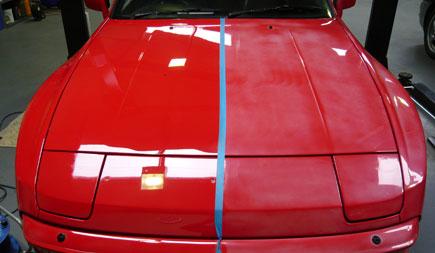
I’ve always been fascinated by how things work, including car paint. During a restoration project on a classic car, I encountered severe paint oxidation that left the surface rough and discolored. What exactly happens when car paint oxidizes, and why should you care? Well, oxidation is more than just a cosmetic issue; it can deteriorate the integrity of the paint layers themselves. It’s a chemical process where the paint loses electrons due to exposure to the elements, primarily oxygen and UV rays.
As the paint oxidizes, it starts to lose its vibrant depth and shine, leaving a dull, chalky appearance instead. This not only affects the aesthetics of your vehicle but also weakens the protective barrier the paint provides against environmental damage. As someone who’s spent numerous hours painstakingly restoring classic cars, I know how heart-wrenching it can be to see your pride and joy deteriorate like this.
Through practical experience, I’ve developed methods to reverse this damage, and I’m excited to share these insights to help others restore their vehicles. Understanding the oxidation process allowed me to create strategies that are effective in both preventing and remedying this common issue, especially prevalent in black car paint. The sooner you address oxidation, the better chance you have of restoring your car’s lustrous finish.
Why Does Black Car Paint Oxidize?
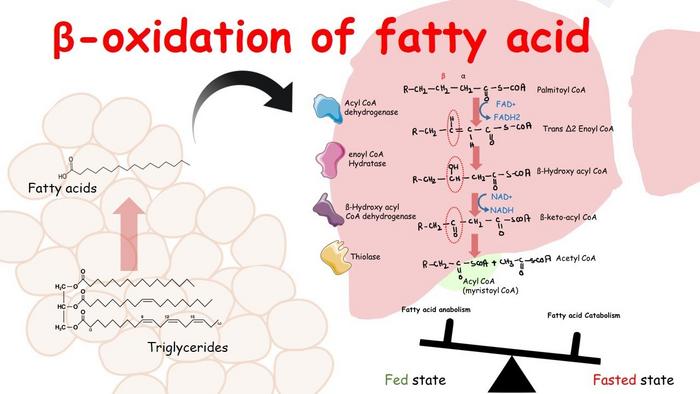
I’ve often felt the heat on a sun-drenched summer day, and my black car seemed to absorb every bit of it. Through my passion for automotive history, I’ve learned that black paint doesn’t just absorb more heat than other colors; it also oxidizes faster, leading to a dull, chalky appearance. What factors contribute to the accelerated oxidation of black car paint? This question takes me back to the time when my black vehicle, parked unprotected under the fierce sun day after day, turned into a faded ghost of its vibrant self.
The intense heat that black surfaces attract creates an environment ripe for oxidation. Consider black paint’s chemical composition: it contains more pigment and binder to achieve that deep, glossy finish we all admire. But this very composition tends to be more susceptible to environmental stressors. Ultraviolet (UV) radiation breaks down the molecular structure of the paint, initiating oxidation at a quicker pace. Couple this with environmental contaminants like pollutants and bird droppings, and you’ve got the perfect storm.
From my experience, regular maintenance is not just recommended; it’s essential. Protective coatings can form a shield against UV rays, and they played a crucial role in my black car’s revival. I’m here to emphasize that understanding the science behind black paint’s susceptibility to oxidation highlights the significance of those essential protective measures.
Who Can Fix Oxidized Paint?
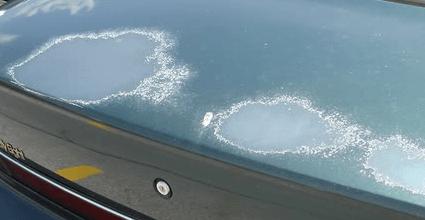
Having spent years around skilled detailers at car shows, I’ve learned the intricate dance that is paint correction. On a personal note, my attempt to fix oxidation on my own car quickly turned into a fiasco, causing more harm than good. From that experience, I realized the true importance of discerning when to call in the professionals. Which brings us to the pivotal question: Is it worth hiring a professional, or can you tackle paint correction yourself?
In my quest for knowledge, I’ve come to understand that while DIY paint correction might seem cost-effective, the risk of further damage often outweighs the savings, unless you’re well-versed in the technique. A single misstep can lead to costly repairs. Therefore, if you’re considering going the professional route, ensure to seek out those who truly know their craft. Let me share a few tips on finding a qualified detailer: always inquire about their experience with black paint, ask for before-and-after examples, and never shy away from probing their approach to oxidation removal. By asking the right questions, you safeguard your car’s finish and ensure a successful restoration.
When to Address Oxidation on Your Black Car
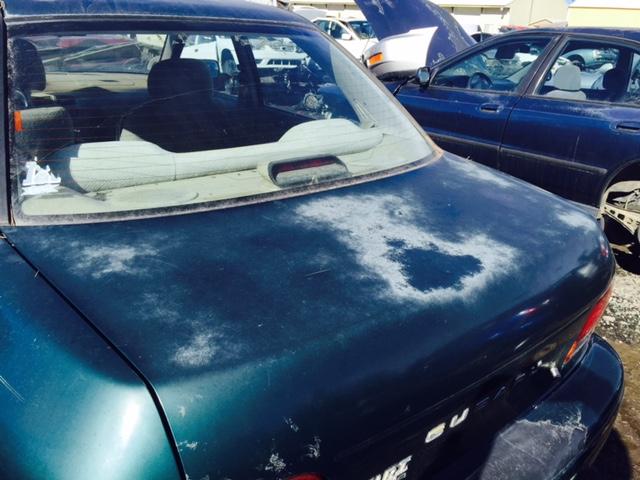
From my experience, I’ve noticed that many car owners ignore the early signs of oxidation until it’s too late. How do you know when it’s time to act against paint oxidation? It’s a question I wish I had asked myself sooner. I once delayed addressing it on my own car until the repair became a costly endeavor I could have easily avoided.
Pay attention to signs like fading color, dullness, or a rough texture on your black paint. These are clear indicators that your car needs attention. It’s critical to act swiftly once you observe these warning signs, as delaying treatment can lead to more extensive damage. Additionally, environmental factors such as harsh sunlight or salty air can exacerbate oxidation, requiring even more vigilant monitoring.
Adopting a proactive approach can save you both time and money in the long run. By sharing these guidelines, I hope to help fellow car enthusiasts keep their vehicles looking their best. Remember, identifying the telltale signs early is crucial to preventing the spread of damage, ensuring your ride maintains its showroom shine.
How to Remedy Paint Oxidation
Understanding the Process
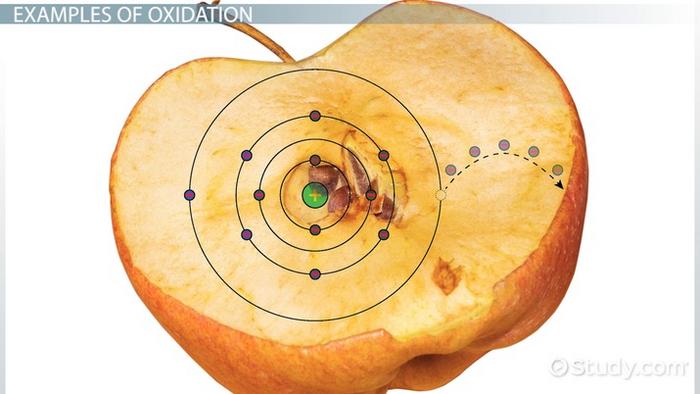
Understanding the process of automotive paint care is crucial for anyone tackling oxidation issues. Through various restoration projects, I’ve learned firsthand the importance of following a systematic approach. What steps are essential to effectively restore oxidized paint? This question underlines the heart of paint restoration. My initial encounter taught me valuable lessons about preparation — I paid for overlooking the basics with unsightly swirl marks. By breaking down each step, I aim to demystify the process and empower you to achieve a flawless finish. The key lies in appreciating the significance of each phase and applying that knowledge strategically.
Step-by-Step Guide to Repair Oxidized Paint
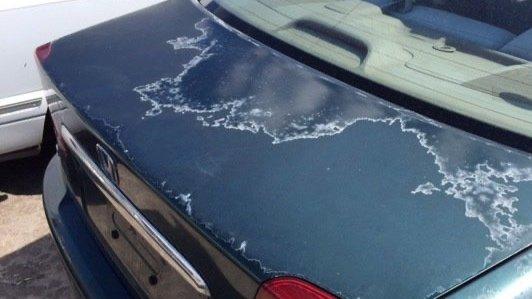
In my journey to rescue oxidized black car paint, I’ve discovered methods that truly work. What tried-and-true methods can you use to bring back the shine to your black car? Let me share actionable steps that will guide you.
To begin with, it’s essential to understand that removing car oxidation entails more than just elbow grease. First, wash and dry your car thoroughly. This helps in removing dirt and surface dust, allowing you to focus solely on the oxidized areas. Next, you’ll need to use a clay bar to eliminate any leftover contaminants. Pay attention to this step, as skimping here can make subsequent efforts less effective.
Once your car is prepped, employ a dual-action polisher coupled with a quality rubbing compound—these are crucial in cutting through oxidation. In my trials, I found Meguiar’s Ultimate Compound to be particularly effective. Apply this with even pressure to the oxidized spots, moving in circular motions. This technique ensures even distribution and maximizes the compound’s effectiveness.
After compounding, it’s vital to use a polish to revive the paint’s lost luster. Finish with a protective wax like Turtle Wax to seal your hard work. This step is often overlooked but is imperative for maintaining the shine long-term. By following these steps, you can achieve a professional-like finish right at home, saving both time and money while preserving your car’s beauty.
Best Products for Black Car Paint Oxidation
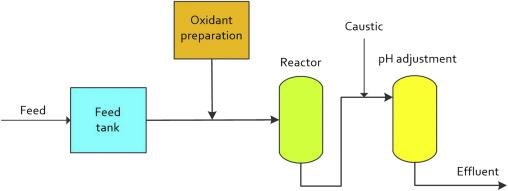
Over the years, I’ve invested time in exploring countless car care products. Navigating the vast array of options can be daunting, especially when you’re tackling something as specific and troublesome as paint oxidation on a black car. I remember being seduced by the allure of a supposed miracle solution, only to find it fell short. That’s when I turned to industry professionals to refine my approach.
In my quest to maintain my car’s pristine appearance, I’ve relied on advice from the best. What are the top products recommended by experts for tackling paint oxidation? This question is one I’ve asked countless times as I sifted through the sea of options, emerging with selected gems that revolutionized my maintenance routine.
Let me share these insights. First and foremost, a quality oxidation remover like Meguiar’s Ultimate Compound is indispensable. It’s aggressive but safe enough to restore that deep, glossy finish, particularly on black paint. I pair it with the iconic 3M Perfect-It Machine Polish, which enhances and extends the life of the restored sheen.
For regular upkeep, I can’t recommend clay bars enough. They do wonders in removing embedded contaminants. Clay Magic is a personal favorite due to its reliability and effectiveness without marring the paint.
Lastly, don’t underestimate a robust sealant. Chemical Guys’ JetSeal seals the deal, creating a durable barrier that wards off oxidation. These products combined not only rejuvenate tired paint but also arm it against future assaults. Trust me, equipped with these tools, maintaining your car’s black luster becomes a smoother journey.
FAQs
What is Black Car Paint Oxidation?
Black car paint oxidation is a chemical process that occurs when the paint surface is exposed to oxygen and UV rays, causing it to gradually lose its shine and appear dull or chalky.
How Can Black Car Paint Oxidation Be Prevented?
Regular washing and waxing can protect your car’s paint from the elements. Using a paint sealant or ceramic coating can also provide a long-lasting defense against oxidation.
What are the Signs of Oxidized Car Paint?
Signs of oxidized car paint include a dull or matte finish, color fading, and in severe cases, a chalk-like residue appearing on the surface.
Can Oxidation Be Removed from Black Car Paint?
Yes, oxidation can often be removed with a good quality polish or rubbing compound, followed by a wax or sealant application to restore the shine and protect the paint.
Is Professional Help Needed to Deal With Oxidation?
While DIY methods can be effective for mild oxidation, professional detailing services are recommended for severe oxidation to ensure the best results and prevent damage to the paint.
Conclusion
As I conclude, I reflect on what I’ve learned throughout my journey in automotive care. What key takeaways should you remember about maintaining black car paint? It’s easy to overlook the impact of neglecting paint oxidation until it becomes a costly endeavor. Understanding the underlying causes of oxidation has shown me that proactive maintenance is crucial for protecting the aesthetic and monetary value of black cars.
Firstly, black car paint is uniquely vulnerable to sun and environmental exposure, which accelerates oxidation. By identifying this, I’ve realized how important it is to implement preventive strategies early. Secondly, employing the right restoration techniques is essential. Through a methodical approach—like following a detailed step-by-step guide—and choosing high-quality products, the integrity of the paint can be revived.
Lastly, trusting experienced professionals can sometimes be the best route. My hope is that readers walk away with a newfound understanding and actionable strategies for their beloved black cars.